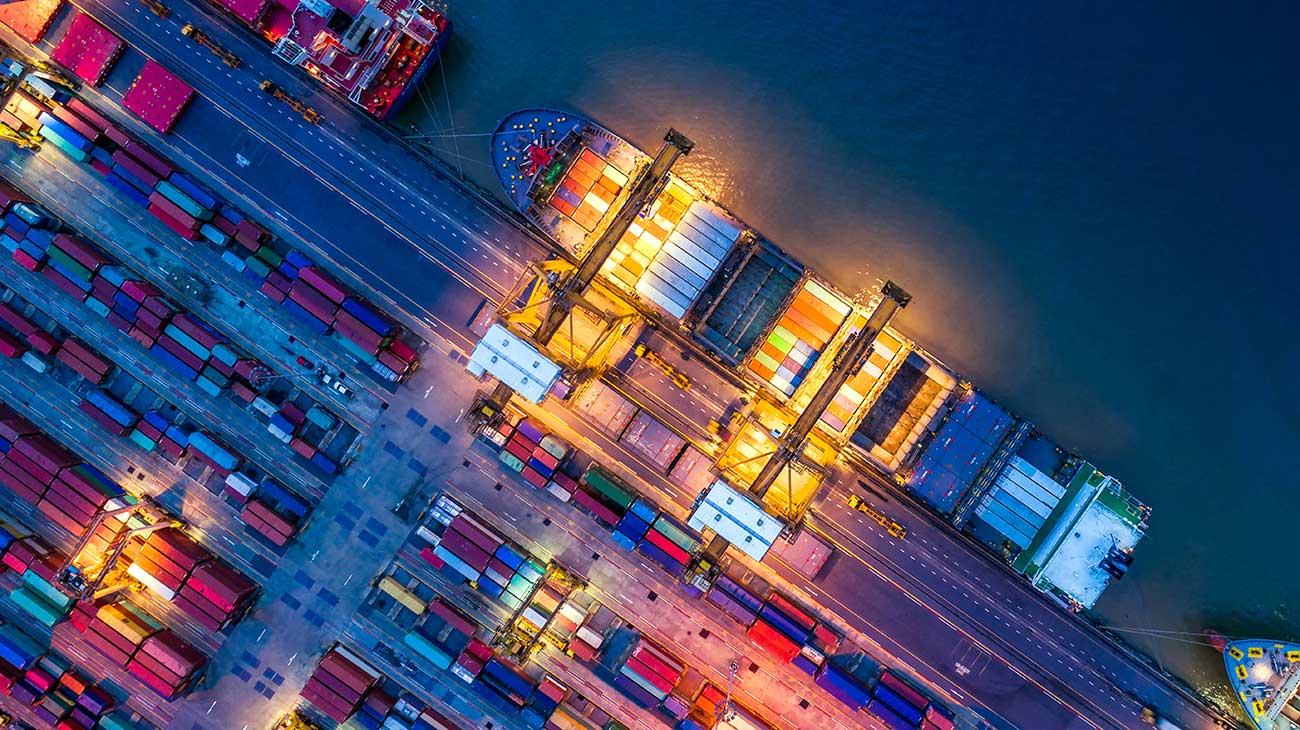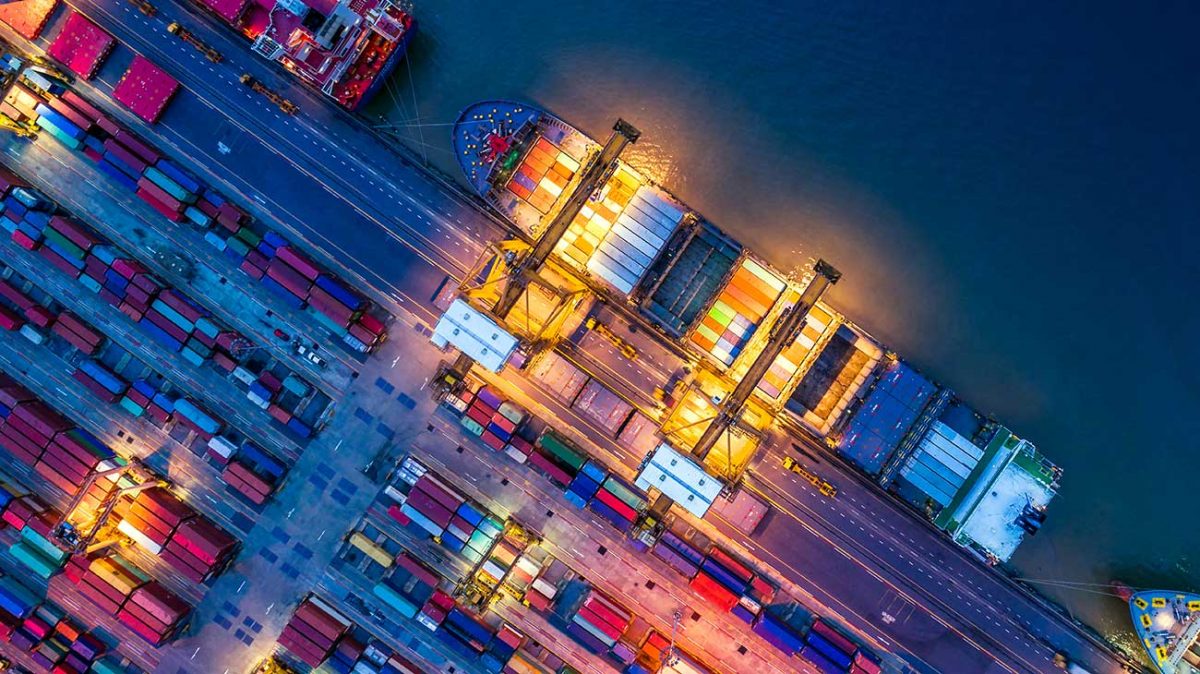
Customs duties, taxes, and other charges usually account for a considerable proportion of the finished cost of imported goods. These charges are paid to customs, tax organizations (in some countries, the customs and tax collecting organization are independent entities) customs brokers, terminal operators, and warehouse owners. These costs can be reduced by looking at the 9 different factors that affect the total customs costs below. 
The total amount that the importer of record pays during the customs clearance process is dependent on different factors such as:
- Product nature
- HS tariff code
- Customs valuation for duty
- Tariff treatment
- Duty rate
- Packaging type
- Gross and net weight
- Volume of goods
- Duration of the clearance process
- Number of lines in each entry
Based on the above items, and considering the current COVID-19 situation, these nine solutions should be employed to reduce your customs costs.
1. Correct tariff classification
Correct tariff classification is vital in cost reduction at customs and border agencies.
At first sight, it might seem easy to find the correct HS code of a given product, but it requires expertise in both the product and classification regulations.
Expertise in the General Rules of Interpretation (GRIs) of the harmonized system is vital in this stage. Technical knowledge is crucial for correct classification in most HS chapters.
By using the correct tariff code, not only will the importer of records pay less customs duty, but also may avoid future audits and fines. I recommend that the importer create an expert team with members from its own organization and customs brokers agents to concentrate specifically on HS classification. A company might have been using a tariff for years, even though it was not the most suitable or correct one for the product.
The duty rate is partially dependent on this code. This duty rate may change annually, or for more extended periods in different countries, and are usually published in the form of electronic or printed books. Due to COVID-19, most states have made some modifications to the rates to decrease the finished cost of certain essential products for combating this virus. The customs brokerage companies are expected to proactively update the importers with the most recent information. Stay up to date on these changes in case they might apply to your shipments.
2. Correct tariff treatment and country of origin regulations
Most states have different bilateral and multilateral tariff treatments with other countries. In other words, the duty rate for a specific tariff code changes from one country to another. For example, if you import a product that is made in the U.S. into Canada, the product will be treated based on the United States Tarrif (UST), and the duty rate might be zero. Likewise, if the product is made in China, it will be treated based on most favoured nation clause (MFN), and the rate might be high.
Imagine that you import ice cream under HS tariff code 21.05.00.10.00. If the ice cream is made in the USA, it would be free of import duty, but if it is made in China, the duty would be 9.5%.
Selecting the right tariff treatment and preparing supporting documents, such as a certificate of origin and bill of material, is crucial in determining the correct tariff treatment.
Some countries might revise the tariff rates at this challenging time, despite the mutual tariff treatments, and the customs brokerage company is expected to apply these changes before declaring the products to customs.
3. Correct valuation for customs duty
The value of the product should be declared to customs for calculating the import duty and taxes. The customs in different countries have similar regulations and methods for determining the value of the products. But the reality is that the value for customs duty calculation is not always the same as the invoice that the importer of record presents to customs.
The value of some products may change from time to time in customs calculations. Some companies may try to reduce their total taxes by transfer pricing. The updated value of the product should be considered and analyzed by the customs broker and importer of record. If the customs officers do not approve the declared value, it may not only lead to an increase in customs duty but also incur fines and penalties. Due to COVID-19, the prices of many products have changed, and customs brokers and importers should actively monitor them to avoid additional costs.
4. Selecting an experienced and reliable customs broker
Customs brokers have direct and indirect costs. The brokerage fee, which is the direct cost, will likely be the first and most important criterion for selecting a customs broker for your business. The importance of the brokerage fee is undeniable, but the indirect influence of brokers on the total cost is much more important than their direct fees.
An error in tariff code, tariff treatment, or customs value could lead to a fine that outweighs several years’ worth of brokerage fees.
As previously mentioned, because of the current situation with COVID-19, the rules and procedures may change at any time, and therefore the knowledge, expertise, and experience of your customs broker is of high importance.
Your customs broker can help with cost reduction covered in the next five topics.
5. Reduction in brokerage fees
The brokerage fee is based on the agreement between the broker and importer of record. This fee is usually based on the number of entries, the nature of the product, and the number of lines at a given time. You can bargain with the brokers and ask for lower fees. Furthermore, the importers entitled to have an all-inclusive flat fee for the whole suite of customs clearance services. Therefore, the broker should be asked to quote a reasonable price and specify the cost of each item within the proposal.
Due to electronic data interchange and new technologies, the costs have changed in the past few years. Therefore, I would recommend that the importer continue to request for a proposal or quotation at regular intervals and compare prices. It is critical that the importer compare the total cost for the clearance package and not just the direct brokerage fees. For example, additional charges such as after-hour fees and hidden items should be defined or avoided.
6. Time-related costs reduction
Customs brokers can help importers reduce costs via time management. For example, some borders around the globe close at specific hours of the day or night. Imagine a truck delivering a cargo of fresh produce from the exporting country to the importing country. The usual transit time for the route is 20 hours. Sixteen hours out of that are within the seller’s country, and one hour at the border for customs formalities. Then, three hours after crossing the border, they arrive to deliver the products at the buyer’s warehouse for distribution.
The truckers plan to start their trip at 6 AM and plan to arrive at their destination at 2 AM. They’ll reach the border 16 hours later, at 10 PM, but the border’s closed from 9PM to 6AM. What happens? The products might be perishable, and the cargo won’t arrive for distribution at the right time in the retail store.
The financial loss is significant, but the damage to the credit of the importer or retailer is much more critical.
Furthermore, consider the additional freight cost, after-hour charges, potential warehousing costs, and other risks as well. A good customs broker will know to account for the border closure times and plan accordingly.
7. Deferred payment or guarantees
Some countries are encouraging the importation of essential products by allowing a longer time for import duty payment. In other words, the importers of specific products in some states are enjoying deferred payment of customs duties. The brokers expected to inform the importer of the most recent regulations on this subject.
8. Tax and duty refund
In some circumstances, a refund of taxes and customs duties may apply to your shipment. For example, if a product is temporarily imported, the importer can be refunded the amount paid to customs. You and your customs broker should be aware of all applicable refund opportunities and ensure due diligence to receive them.
9. Cost reduction by facilitation in shipment documents
The customs brokers’ role is crucial in decreasing the cost or avoiding additional expenses from documentation. Some countries are omitting certain documents for clearance in order to facilitate the process of importation. Others may request new documents to check compliance with new regulations related to COVID-19. Generating additional documents may lead to higher charges, and not preparing required documents may cause additional fees. Without the required documents, your shipment may even get stuck at the border.
Customs brokers should support importers with the most recent information. They can also help importers by facilitating the creation of all documents and paperwork.







We are offering an opportunity for exporters who possess duty credit scripts and importers who are interested in purchasing them. If you are interested, please visit our website at https://bindalindia.com/bindal-agencies and fill out the form provided at this link: https://forms.gle/2PmW8AwP3Xef1i1y5. Once you have submitted the form, we will be in touch with you shortly. Thank you for your interest.